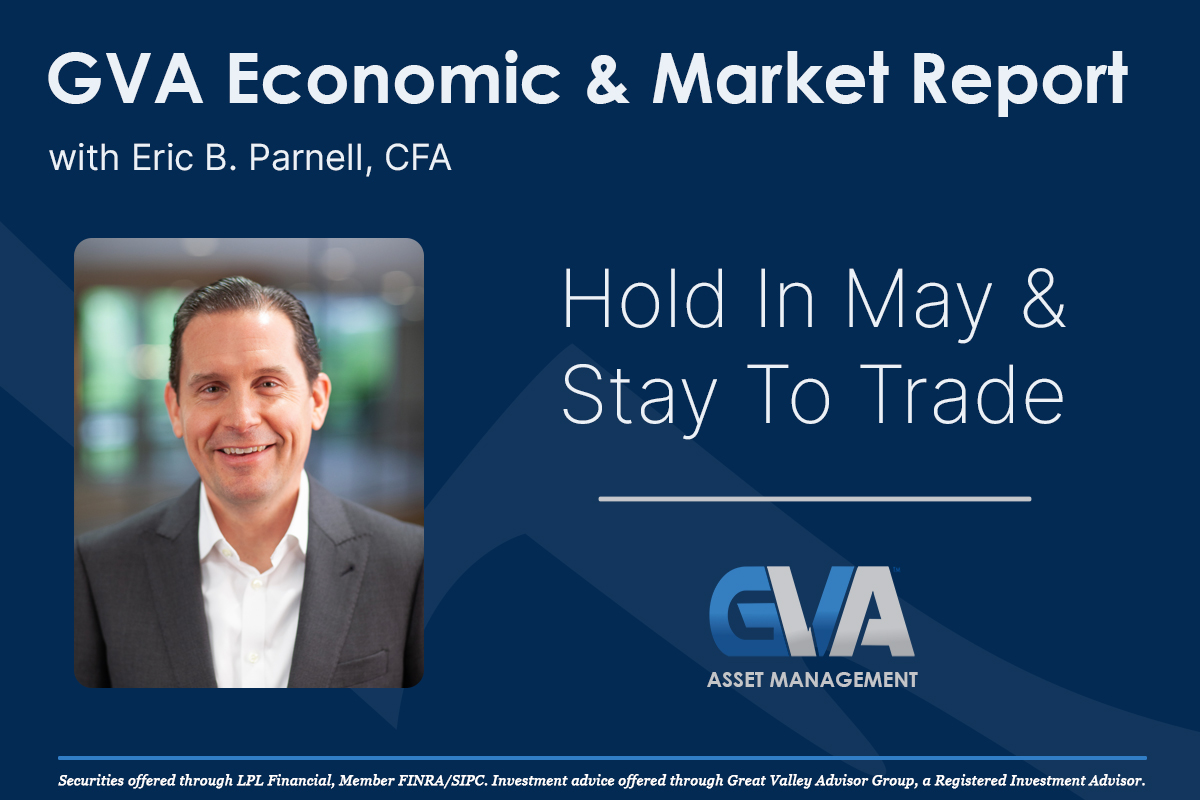
“Sell in May and go away” is an age-old stock market adage. It’s based on the principle that stocks historically have performed better during the period from November to April versus the stretch from May to October. Does this maxim still hold up today?
Meaningful historical outperformance. The notion of “sell in May and go away” does have merit. For example, if one goes back over the last four decades and examines the returns of the S&P 500 over the November to April period, it outperforms the returns over the May to October period by more than 5% annualized. Compound this over time and you’re talking about a huge difference in wealth generation.
Some important caveats should be considered, however. First, this outperformance gap is not something that we see on a year in and year out basis. We have seen many years along the way where the May to October period has meaningfully outperformed November to April. Most recently, this includes 2016, 2020, and 2022 where May/October beat November/April by 4%, 17%, and 4%, respectively.
Also, it is also important to recognize that the May to October period has had some few really bad years along the way that drag down the overall number. Consider 1987, 2002, and 2008 where stocks were down -13%, -18%, and -30%, respectively.
More complex issues. But suppose we still believe that an edge can be derived from gaming the November/April long-term relative outperformance versus May/October. This requires an investor to introduce market timing into their portfolio strategy, which historically can go unrewarded in a meaningful way. For example, if you launched into this strategy starting three years ago, you would be underperforming the broader S&P 500 by more than 20% to date. This is what I would call a big hole.
Tax considerations also become an issue. Suppose I’m still undeterred in executing this rotation strategy. This means that I have a situation where I am potentially realizing considerable short-term capital gains in my non-qualified accounts. The associated tax bill alone can erode total returns in a meaningful way. And this doesn’t even consider any associated transaction costs whether explicit or imbedded that are incurred along the way in executing such a strategy.
Positive versus more positive. Another important point is lost in the simplicity of the “sell in May and go away” axiom. While stocks may still have outperformed from November to April versus May to October over long-term periods of time, it’s not as though investors are losing money during the May to October period. For example, since World War II, stocks have returned a positive 7% from November to April, but still turned in a positive 2% return from May to October. So while the November/April period has historically been better, it’s not as though investors have been losing money by staying invested during May/October.
Closing the gap. Another important point is worth highlighting. Over more recent time periods, May/October has been closing the gap versus November/April. For example, since the Great Financial Crisis, stocks have returned 7.65% over the November to April period versus 5.34% from May to October. Still outperformance, but just over two percentage points instead of five historically. Zooming in even closer, stocks since 2014 have returned 6.17% from November to April versus the same 5.34% from May to October, a difference of less than a percentage point.
Whether this narrowing trend continues – May/October is leading November/April by more than 2% annualized since the start of the new decade – remains to be seen. But even if the gap starts to widen out again, trying to time this trade seems hardly worth it. This is particularly true when considering that so many sectors and industries exist within the stock market as well as asset classes outside of the stock market that can provide an uncorrelated returns experience in seeking to add consistent long-term value.
Bottom line. While stock market themes like “sell in May and go away” are certainly interesting and are grounded in merit, the better approach to a long-term portfolio strategy is remaining focused on your long-term investment philosophy and adhering to your discipline no matter what time of year.
Disclosure: Investment advice offered through Great Valley Advisor Group (GVA), a Registered Investment Advisor. I am solely an investment advisor representative of Great Valley Advisor Group, and not affiliated with LPL Financial. Any opinions or views expressed by me are not those of LPL Financial. This is not intended to be used as tax or legal advice. All performance referenced is historical and is no guarantee of future results. All indices are unmanaged and may not be invested into directly. Please consult a tax or legal professional for specific information and advice.
